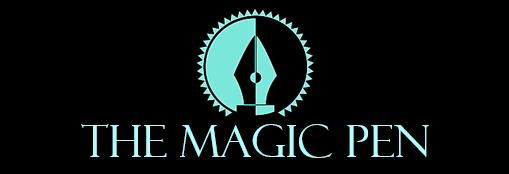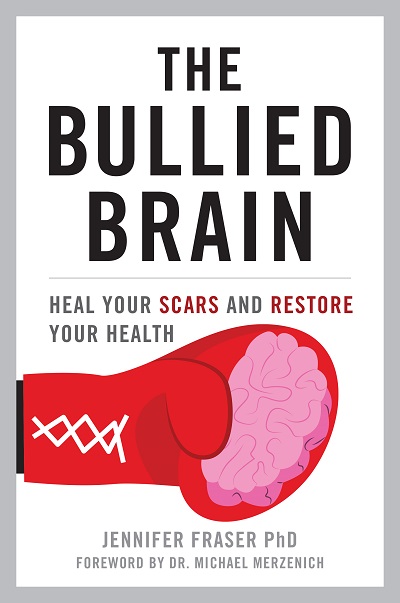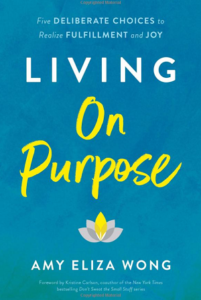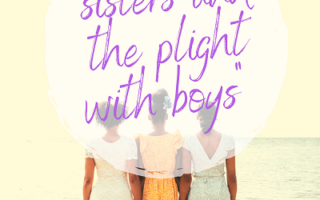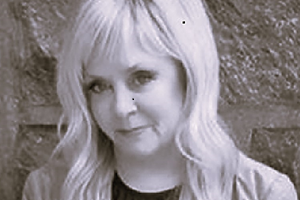Dr. Jennifer Fraser’s new book is titled The Bullied Brain: Heal Your Scars and Restore Your Health. As the title would suggest, the book is an exploration of the effects of trauma and bullying upon the development of the brain, while simultaneously serving as something of an exposé on how harmful traditionalist views and institutional practices have been, particularly when it comes to the nature of children’s development through the years.
RELATED URL: https://www.bulliedbrain.com/who-we-are
Dr. Fraser is not afraid to make big statements, and it’s reassuring that while this boldness is to be commended she never fails to provide objective, detailed examples, statistics, and scenarios to boot. As a result, potential naysayers of the read are struck down by Dr. Fraser’s undeniably passionate but cool delivery, coupled with the damning data and information that made me feel anyway like I had this fire inside of me. It made me feel motivated, it made me feel empowered. It even made me look back on my own experiences in life that have shaped me greatly. All of this is a testament to the book’s prowess, and its ability to be affecting in spite of being a specialized kind of nonfiction.
“Mindfulness enhances ‘reflection, relationships, and resilience.’ Research is clear that mindfulness practice enhances social and emotional intelligence. Not only is mindfulness exceptionally good for your brain, but these practices have also been shown in multiple studies to support a healthier body. Studies show that mindfulness reduces stress and helps alleviate many psychological and physical disorders, especially those involving anxiety, trauma, and addiction,” writes Fraser in a particular passage concerning the workplace. “…Working with executives and others suffering from high stress, neuroscientist Stan Rodski discovered that encouraging his patients to color in an abstract drawing, combined with mindfulness over a number of sessions, was highly effective in helping them rewire their brains.
He worked with a teenager suffering from extreme anxiety, and he asked her to do an experiment with him. He connected her to an EEG so that she could see on the computer what was happening in her brain before and after she combined purposefully coloring in the abstract drawing with doing mindfulness practice. Rodski reports that his young patient was amazed to feel the dramatic improvement in how her mood felt but also to see the results of her lessened anxiety on the computer-screen image of her brain.”
AMAZON: https://www.amazon.com/Bullied-Brain-Scars-Restore-Health/dp/1633887782
Fraser continues with the potent example and ideological subcategory, once again connecting everything back to the nature and neuroplasticity of the mind. “Over the course of several sessions, she moved from using very dark colors, indicative of her stress, to brighter, more ‘light-hearted’ colors that conveyed her more calm and mindful state,” she elaborates. “This shift was empowering for her as she realized that she could make conscious brain choices that would then affect her unconscious brain states that were producing the extreme anxiety.”
It’s through these kind of varied scenarios Fraser is able to, ironically so, form a fairly uniform, argumentative whole. That kind of structuring, on as much a narrative as ideological and presentational set of levels, deserves much commendation in and of itself…
Kendall Townsend
